Goalkeeper: The Last Line of Defense
The goalkeeper, often referred to as the "keeper" or "goalie," is the only player allowed to use their hands and arms, but only within the penalty area. Their primary job is to prevent the opposing team from scoring by blocking shots on goal. A good goalkeeper must have excellent reflexes, good positioning, and strong communication skills to organize the defense.
Real-life Example: Think of legendary goalkeepers like Gianluigi Buffon or Manuel Neuer, whose incredible saves and leadership have been pivotal for their teams.
Defenders: The Backbone of the Team
Defenders are responsible for stopping the opposition's attacks and are typically divided into four main types:
- Center-Backs: Positioned in the middle of the defense, they focus on blocking attacks through the center and marking the opposing strikers.
- Full-Backs: These players are positioned on the flanks and are responsible for stopping wingers and providing width in attack.
- Wing-Backs: Similar to full-backs but with more offensive responsibilities, they are often seen in formations that use three central defenders.
- Sweeper: A more traditional role, the sweeper plays behind the center-backs, acting as the last line of defense and clearing any loose balls.
Real-life Example: Virgil van Dijk is a prime example of a modern center-back, combining physicality with technical skills.
Midfielders: The Engine Room
Midfielders play a crucial role in linking defense and attack, often covering the most ground during a match. They are typically divided into:
- Defensive Midfielders (CDM): Positioned in front of the defenders, they break up opposition attacks and protect the defense.
- Central Midfielders (CM): They contribute both defensively and offensively, controlling the game's tempo and distributing the ball.
- Attacking Midfielders (CAM): Positioned closer to the forwards, they create scoring opportunities and often take shots on goal.
- Wide Midfielders/Wingers: Positioned on the flanks, they provide width, deliver crosses, and take on defenders.
Real-life Example: N'Golo Kanté exemplifies a defensive midfielder with his tireless work rate and ability to disrupt the opposition.
Forwards: The Goal Scorers
Forwards, also known as strikers or attackers, are primarily responsible for scoring goals and creating offensive opportunities. They can be categorized into:
- Center Forwards/Strikers: Positioned centrally, their main task is to score goals. They must have excellent finishing skills and positioning.
- Second Strikers: Play slightly behind the main striker, linking the midfield and attack, and often creating scoring chances.
- Wingers: Similar to wide midfielders but more focused on attacking, they use their pace and dribbling to beat defenders and provide crosses or cut inside to shoot.
Real-life Example: Lionel Messi and Cristiano Ronaldo are iconic forwards known for their prolific goal-scoring abilities and versatility.


Improve Your GameJust 1.99 p/m
Exclusive drills and sessions, get involved today!
- 100’s of Drills
- Coach to Camera Videos
- Sessions from Pro’s
- Industry Leading Advice
Conclusion
Understanding the various positions in soccer is crucial for any coach. Each position requires specific skills and attributes, and effective coaching can help players maximize their potential in their designated roles. Whether you are coaching young beginners or more experienced players, knowledge of these positions will help you create balanced and dynamic teams.
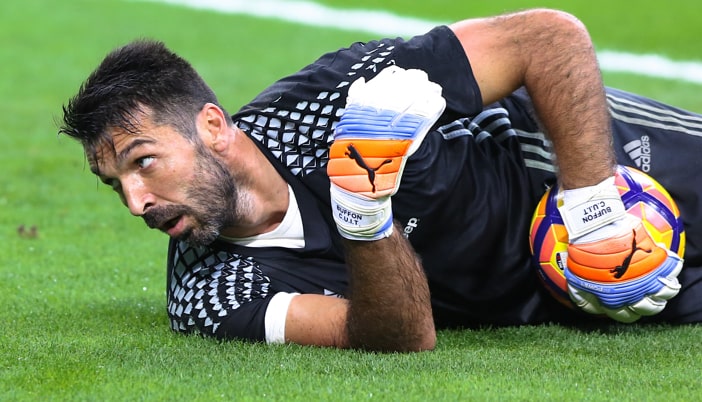
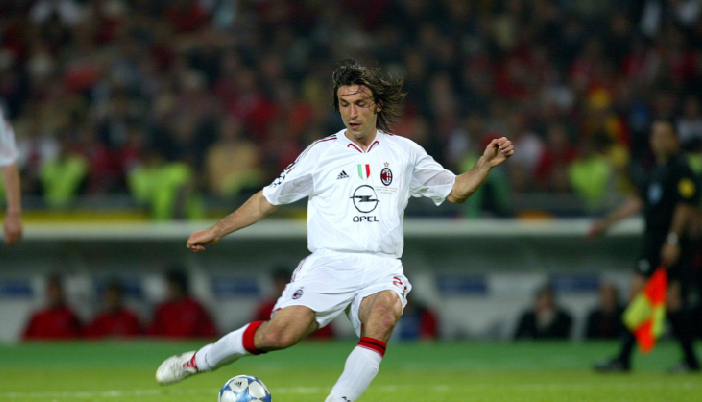
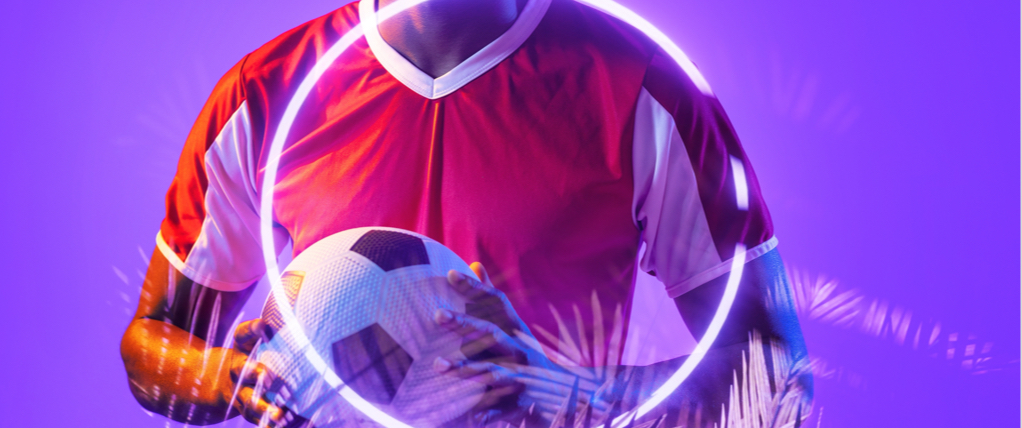
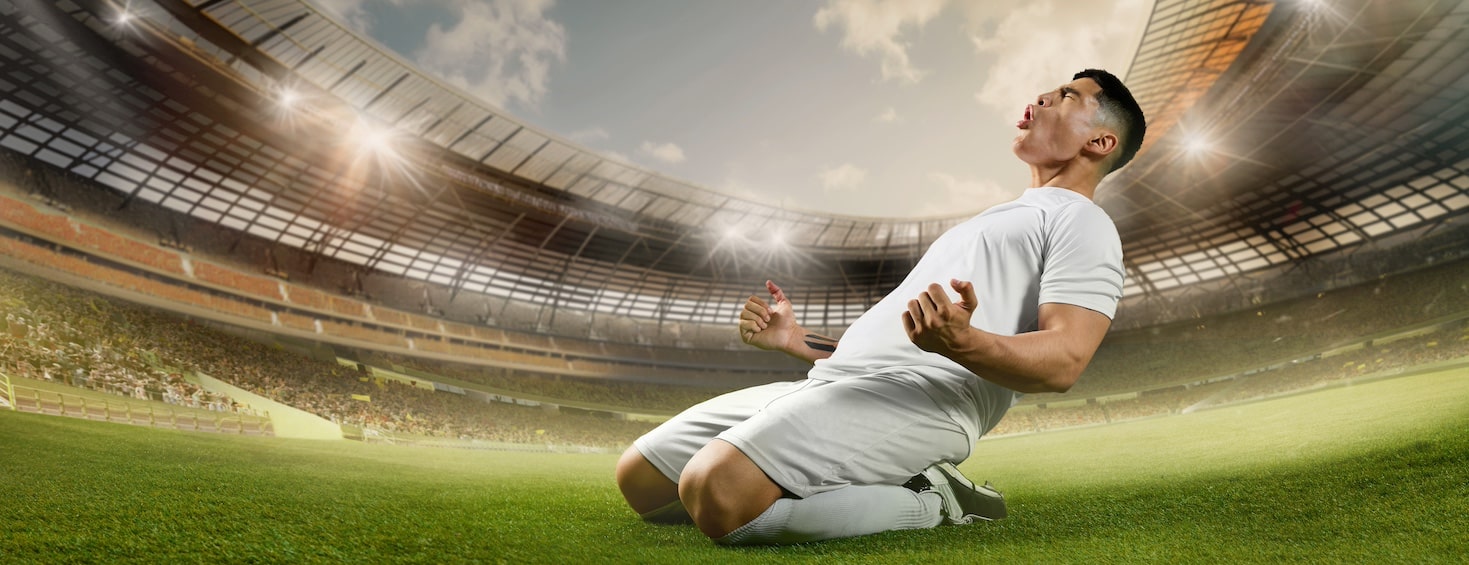
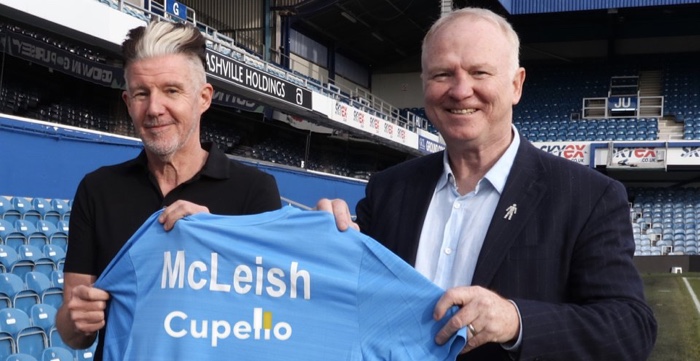
Cupello
Rethinking soccer coaching via our industry leading tools. Built to offer effective coaching development solutions for players and coaches of all levels.